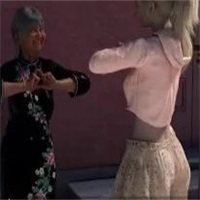\"Angry Kirby\" Explained by Former Nintendo Employees
The Evolution of Kirby's Image: From "Angry Kirby" to Global Consistency

This article explores the fascinating evolution of Kirby's marketing and localization across different regions, particularly highlighting the differences between his Japanese and Western portrayals. Former Nintendo employees shed light on the strategic decisions behind the changes, revealing a shift from regionally-specific branding to a more globally consistent approach.
The "Angry Kirby" Phenomenon
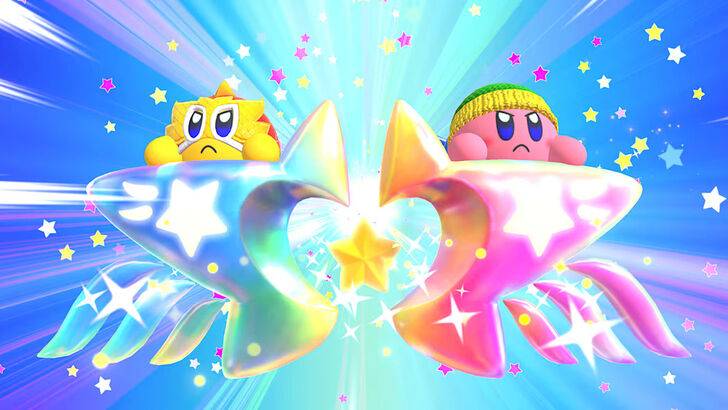
The Westernized "Angry Kirby," characterized by a fiercer expression on game covers and artwork, wasn't intended to portray anger, but rather determination. Former Nintendo Localization Director Leslie Swan explained that while cute characters resonate universally in Japan, a tougher image appealed more to Western tween and teen boys in the early 2000s. Kirby: Triple Deluxe Director Shinya Kumazaki corroborated this, noting the popularity of cute Kirby in Japan versus a more battle-hardened Kirby in the US. However, he also pointed out that this wasn't universally applied, as Kirby Super Star Ultra featured a tougher Kirby on both US and Japanese box art.
Marketing Kirby to a Broader Audience

Nintendo's marketing strategy aimed to broaden Kirby's appeal, particularly among boys. The "Super Tuff Pink Puff" tagline for Kirby Super Star Ultra (2008) exemplifies this shift. Former Nintendo of America Public Relations Manager Krysta Yang noted that Nintendo sought to shed its "kiddie" image, recognizing the stigma associated with games marketed solely towards young children. This led to a conscious effort to emphasize Kirby's combat abilities in marketing materials, moving beyond focusing solely on his personality. While this strategy aimed to create a more well-rounded character image, Kirby's cuteness remains a dominant perception.
Regional Variations in Localization

The divergence in Kirby's localization began early. A 1995 "Play It Loud" advertisement featured Kirby in a mugshot, setting a precedent for varied portrayals. Games like Kirby: Nightmare in Dream Land (2002), Kirby Air Ride (2003), and Kirby: Squeak Squad (2006) all depicted Kirby with sharper features and more intense expressions. Even Kirby's color was altered; the original Game Boy version of Kirby's Dreamland (1992) featured a ghostly-white Kirby in the US, a stark contrast to his pink Japanese counterpart. This was later rectified with the NES release of Kirby's Adventure (1993). Swan highlighted the challenge of marketing a "puffy pink character" to a "cool" boy demographic.
A Shift Towards Global Consistency

Both Swan and Yang agree that Nintendo has adopted a more global approach in recent years. Closer collaboration between Nintendo of America and its Japanese counterpart has resulted in more consistent marketing and localization strategies. Regional variations, such as those seen in Kirby's box art, are becoming less common. While this provides brand consistency, Yang acknowledges a potential downside: a homogenization that might lead to "bland, safe marketing." The current trend towards less regional variation is also attributed to the globalization of the industry and the increasing familiarity of Western audiences with Japanese culture.
- 1 Pokémon GO Set To Roll Out Safari Ball In The Wild Area Event 2024 Nov 10,2024
- 2 Marvel's Spider-Man 2 Swings to PC in January 2025 May 26,2023
- 3 Tomorrow: MMO Nuclear Quest Is a New Sandbox Survival RPG Nov 15,2024
- 4 Black Myth: Wukong Review Fallout Nov 13,2024
- 5 Roblox Ban in Turkey: Details and Reasons Mar 10,2024
- 6 Final Fantasy XVI PC Port Falls Short Nov 14,2024
- 7 GTA 6 Raises The Bar and Delivers on Realism Beyond Expectations Nov 10,2024
- 8 Dragonite Cross-Stitch Captivates Pokémon Enthusiasts Nov 08,2024
-
Best Racing Games to Play Now
A total of 10
-
Explore the World of Shooting Games
A total of 10
-
Best Free Simulation Games for Your Android Phone
A total of 4










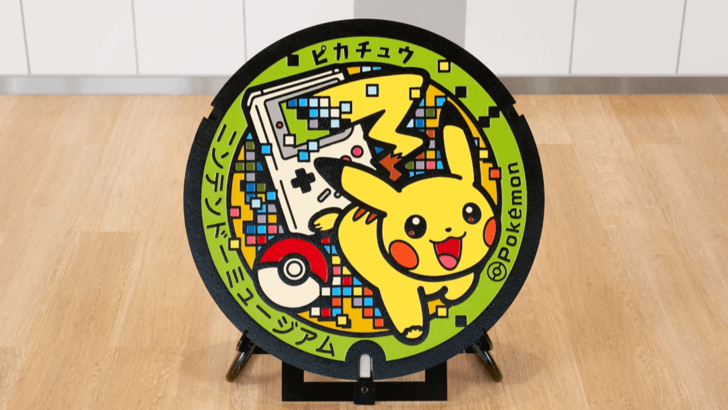
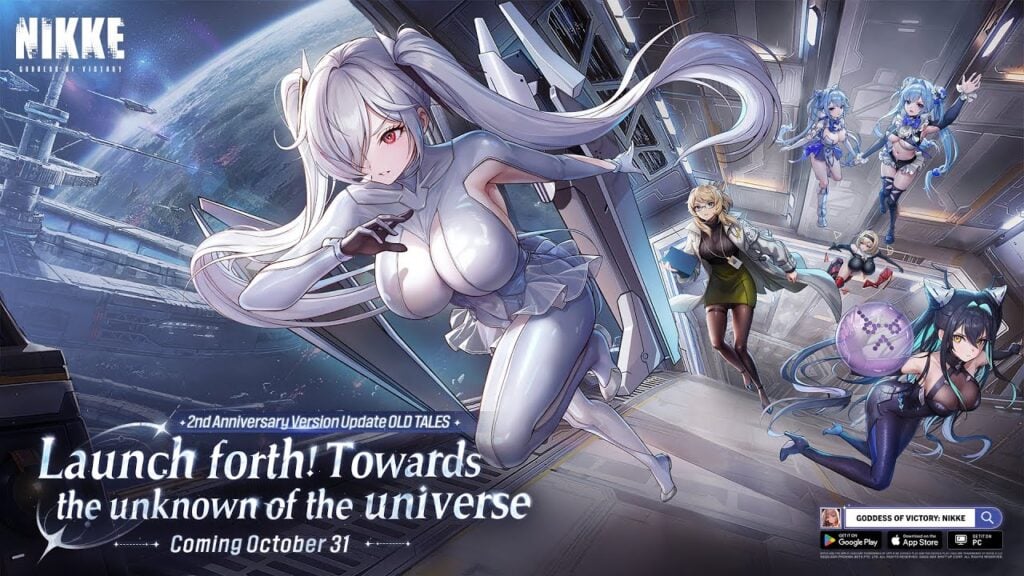
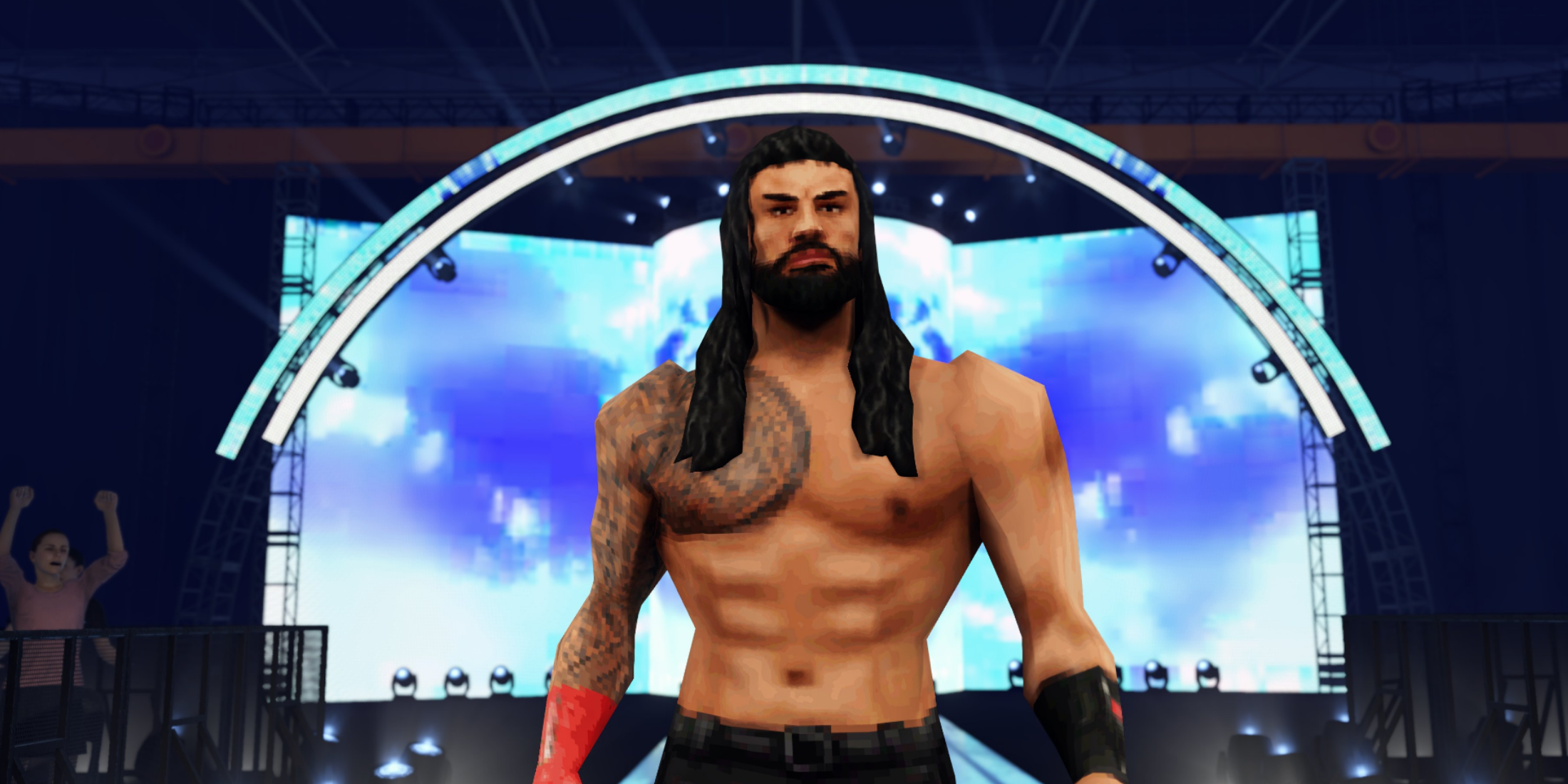
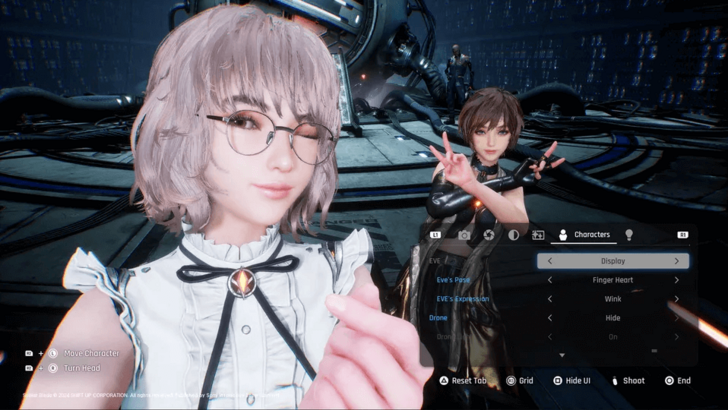
![Business of Loving [v0.12.5i] [Dead End Draws]](https://imgs.96xs.com/uploads/18/1719555107667e5423ef803.jpg)
